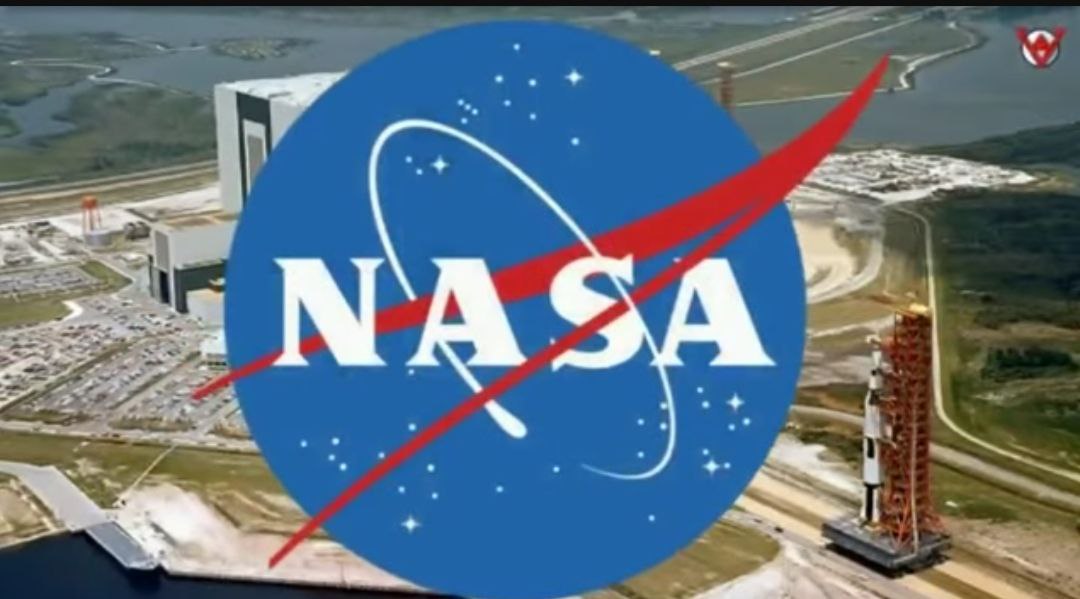
The moon, a celestial body that has aroused curiosity and fascination for centuries, has remained a constant source of intrigue for mankind. Despite numerous expeditions to our nearest cosmic neighbor, one particular mission, Apollo 20, has managed to capture the imagination of conspiracy theorists and enthusiasts alike. Constrained under the formality of investigation, let us embark upon the engrossing enigma that is Apollo 20 and delve into the depths of this lunar mystery.
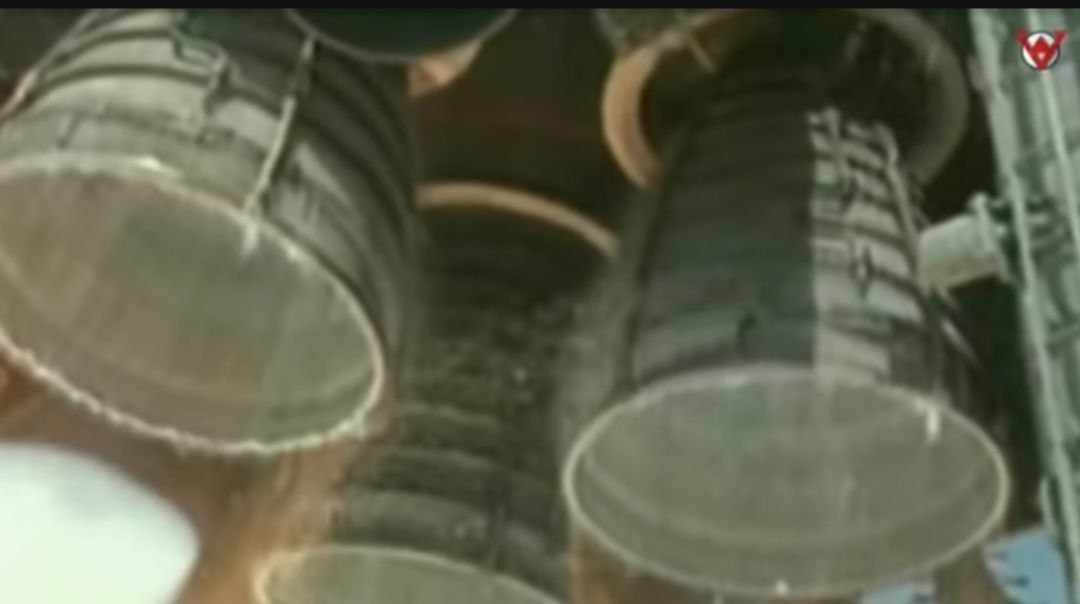
Before delving into the claims surrounding Apollo 20, it is essential to give a brief overview of the Apollo program itself. Launched by the National Aeronautics and Space Administration (NASA), Apollo was a series of manned space missions with the primary goal of landing the first human beings on the moon. It comprised a total of 17 missions, of which six successfully achieved this historic feat. However, there are those who propose that an additional mission, Apollo 20, was conducted secretly, with evidence suggesting remarkable discoveries.
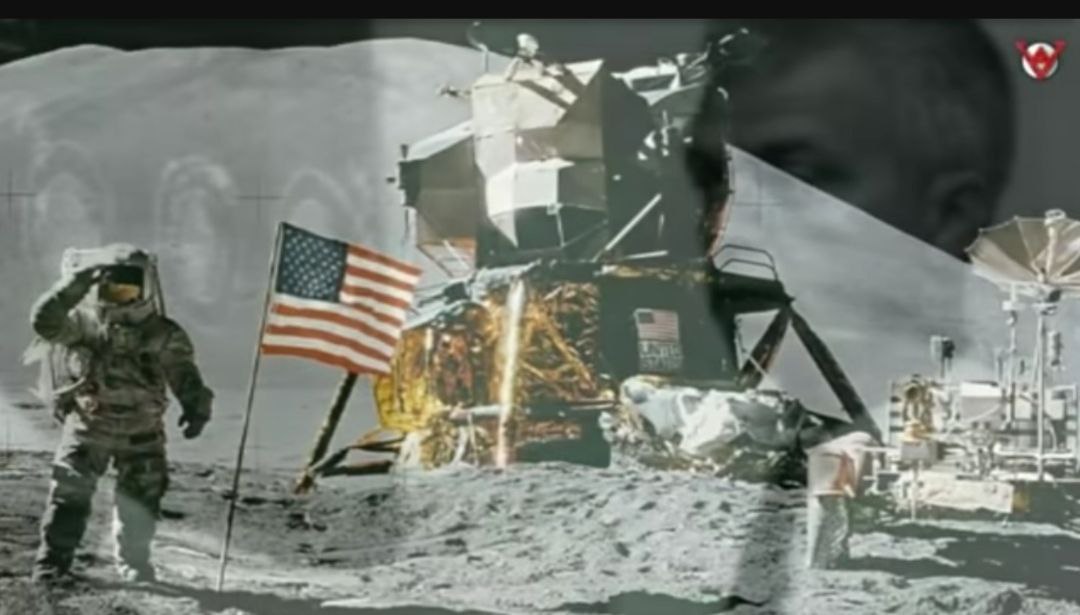
According to the proponents of the Apollo 20 theory, this clandestine mission took place in 1976, two years after the official Apollo program concluded. It allegedly involved a joint effort between NASA and the Soviet Union’s space program. The primary objective of Apollo 20, as purported by these theories, was to investigate a crashed extraterrestrial spacecraft that had been discovered on the far side of the moon during the previous mission, Apollo 19.
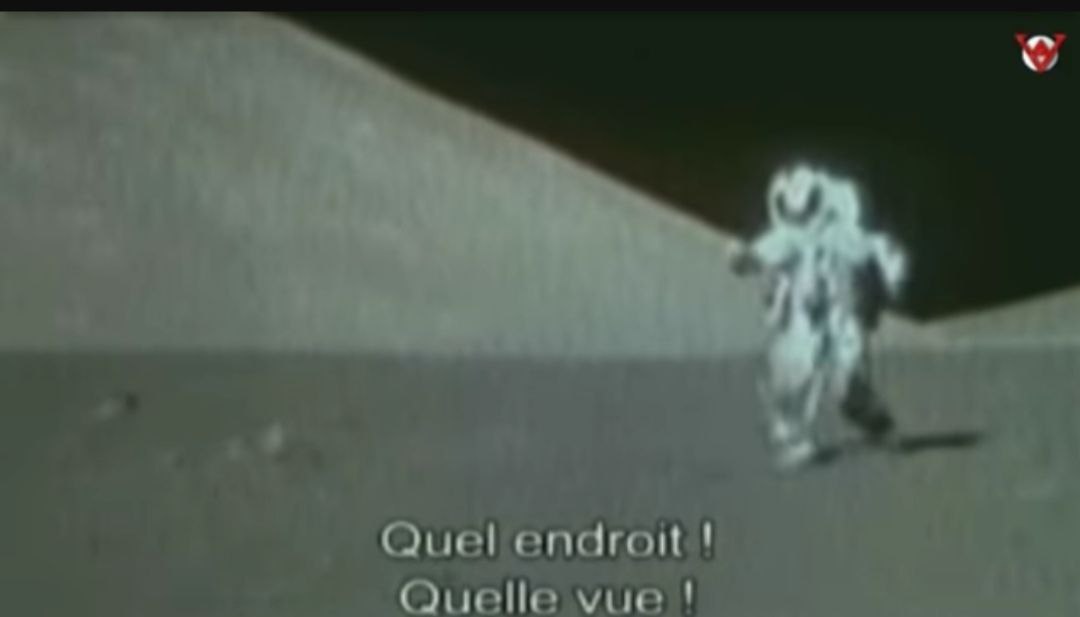
The most captivating aspect of Apollo 20 is the belief that the mission had human contact with a female extraterrestrial being, given the pseudonym “Mona Lisa.” This notion is primarily supported by a series of images and videos circulated on the internet, allegedly captured during the mission. These images reveal a desolate lunar landscape, a transparent, glass-like structure designated as “Luna City,” and, most intriguingly, Mona Lisa herself—supposedly preserved in hibernation for ages within the safely crashed extraterrestrial craft.
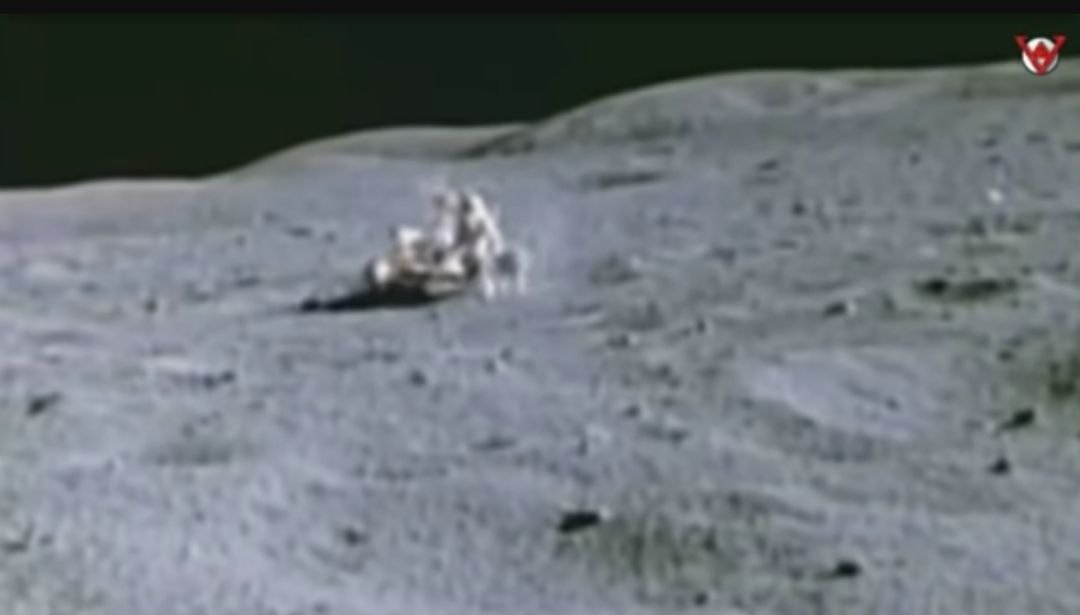
While these claims have captivated the attention of many, it is crucial to approach them from a skeptical standpoint. Scientific rigor and ample evidence form the cornerstone of any investigative discourse, and the lack thereof poses an obstacle to accepting the veracity of the Apollo 20 theory. Critics argue that the images and videos circulated in support of Apollo 20 can be easily created using modern technology, thereby questioning their authenticity.
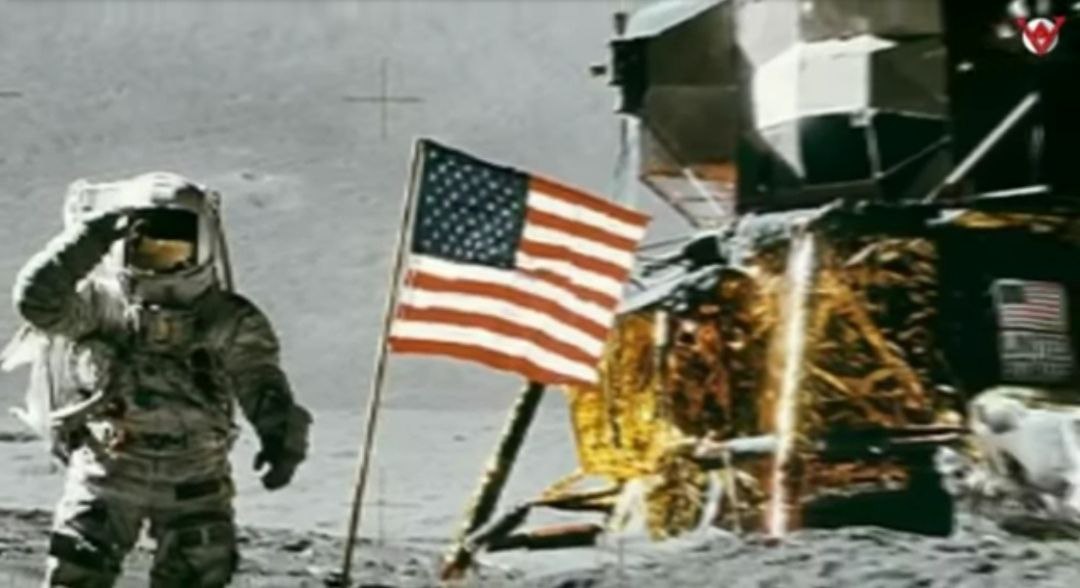
Moreover, the notion that such significant discoveries and encounters could have been concealed from the public is met with skepticism. The involvement of multiple nations, along with countless personnel, would render the secrecy surrounding such a mission nearly impossible to maintain. Additionally, NASA has repeatedly denied the existence of Apollo 20, emphasizing that the mission never occurred.

Nevertheless, one cannot deny the allure of the Apollo 20 mystery. The human imagination has always been drawn to the unknown, and the very essence of the extraterrestrial captures our imagination, urging us to question the boundaries of the universe and our place within it. Apollo 20, whether real or a fabrication, serves as a testament to the unending curiosity and thirst for knowledge that define our species.
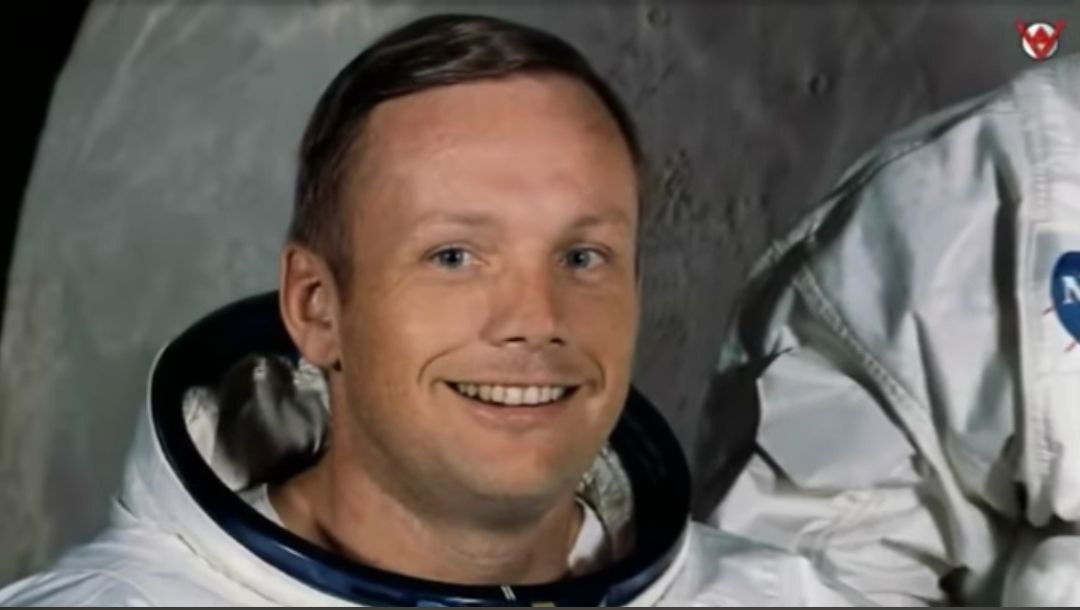
In conclusion, the enigma surrounding Apollo 20 continues to captivate the minds of individuals intrigued by the possibility of hidden truths and extraterrestrial encounters. While skepticism is warranted, the allure and fascination it evokes cannot be disregarded. To explore the depths of space is to explore the depths of our own existence, reminding us of the significance of embracing the unknown and pushing the boundaries of human curiosity and understanding.
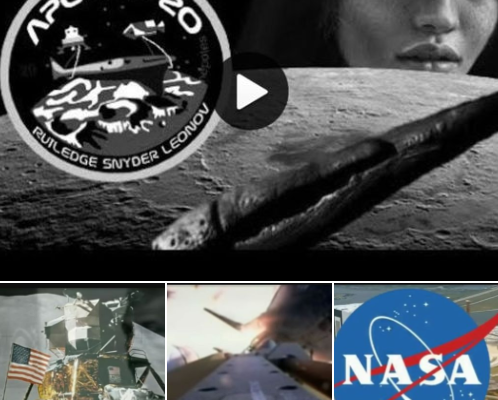


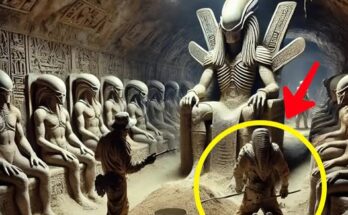
лицензионные платформы для игр на деньги, официальные зеркала, бонусы и фриспины. рейтинг казино с выводом на карту vqtnkywaqv
I don’t think the title of your article matches the content lol. Just kidding, mainly because I had some doubts after reading the article.
В нашем магазине вы можете заказать кроссовки New Balance 574. Эта модель выделяется удобством и стильным дизайном. New Balance 574 станут отличным выбором для активного отдыха. Закажите свою пару уже сегодня и почувствуйте разницу легендарного бренда.
https://nb574.sneakero.ru/
I don’t think the title of your article matches the content lol. Just kidding, mainly because I had some doubts after reading the article.
Thanks for sharing. I read many of your blog posts, cool, your blog is very good.
Can you be more specific about the content of your article? After reading it, I still have some doubts. Hope you can help me.
охрана труда обучение дистанционно цена онлайн обучение по охране труда
проведение соут предприятия https://sout213.ru
Can you be more specific about the content of your article? After reading it, I still have some doubts. Hope you can help me.
Неотразимый стиль современных тактичных штанов, как носить их с другой одеждой.
Тактичные штаны: удобство и функциональность, которые подчеркнут ваш стиль и индивидуальность.
Идеальные тактичные штаны: находка для занятых людей, который подчеркнет вашу уверенность и статус.
Тактичные штаны для активного отдыха: важный элемент гардероба, которые подчеркнут вашу спортивную натуру.
Тактичные штаны: какой фасон выбрать?, чтобы подчеркнуть свою уникальность и индивидуальность.
Секрет стильных мужчин: тактичные штаны, которые подчеркнут ваш вкус и качество вашей одежды.
Сочетание стиля и практичности в тактичных штанах, которые подчеркнут ваш профессионализм и серьезность.
тактичні чорні штани [url=https://dffrgrgrgdhajshf.com.ua/]https://dffrgrgrgdhajshf.com.ua/[/url] .
I have been surfing on-line more than 3 hours as of late, but I never found any attention-grabbing article like yours. It’s pretty value sufficient for me. In my view, if all webmasters and bloggers made just right content as you probably did, the net will probably be a lot more helpful than ever before.
Создайте уютную атмосферу с помощью велас ароматических, Какие ароматы выбрать для разных помещений, Создайте магию с ароматическими велас свечами
velas aromaticas aromas [url=https://scentalle.com/]velas aromaticas aromas[/url] .
Thanks for sharing. I read many of your blog posts, cool, your blog is very good.